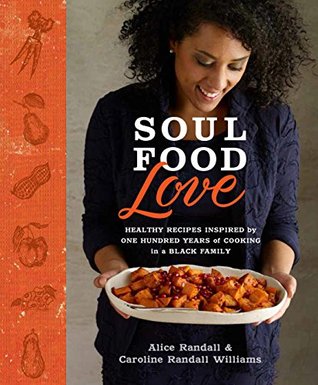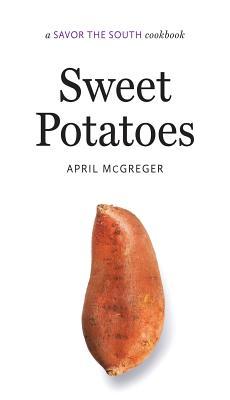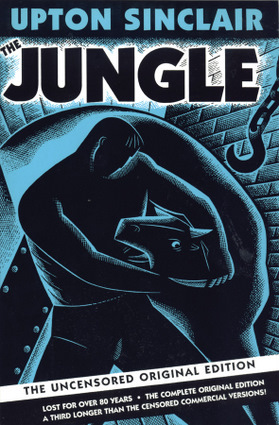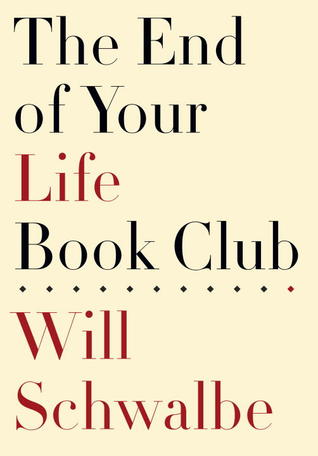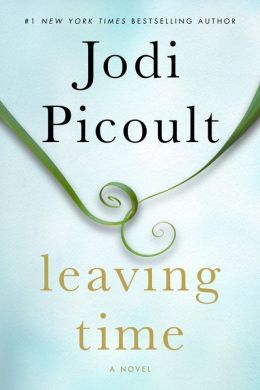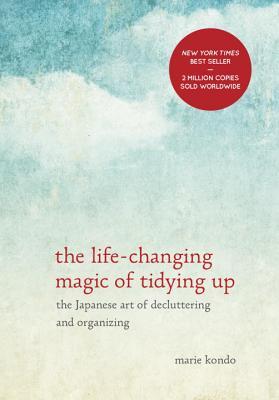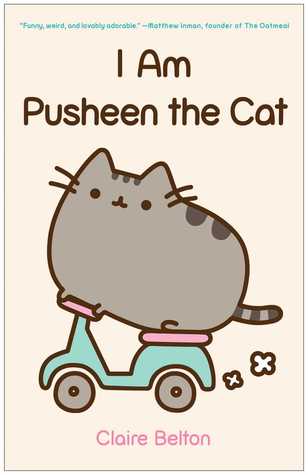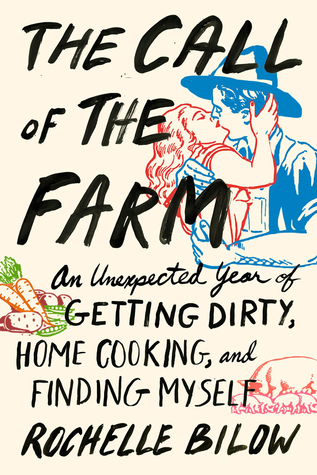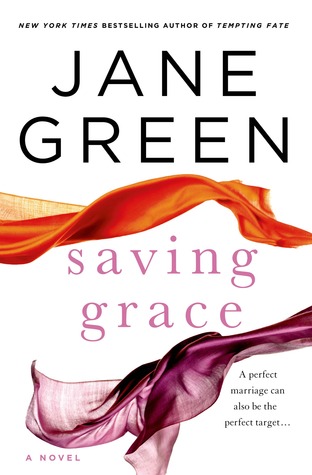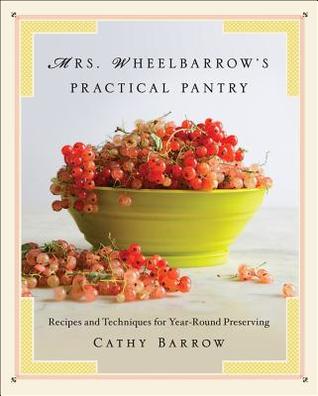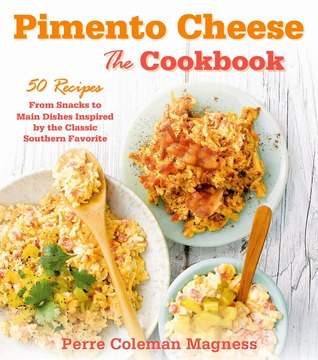What the Fork Are You Eating? by Stefanie Sacks
This book is a REALLY great overview of the processed food industry and how to make better choices with food. The author is a nutritionist, a certified chef with a master of science in nutrition from Columbia University, so she definitely knows what she's talking about. The book is divided into 4 sections - Top Rated Terminators (the really bad crap that's in almost all processed food), Pantry Rehab (how to overhaul your pantry in order to make better food choices), Supermarket Strategies (how to shop better and decipher food labels), and Meal Rehab (cooking tips and recipes). There are also 5 Appendixes that give even MORE resources and information. One of the best things is that Appendix A is a long list of "big food" companies and all the smaller labels that are under their heading - so you know who you're REALLY supporting when you think you're avoiding the "big" food corporations. Appendix B gives popular food items/categories and "better" choices/brands in those categories. While there are better books about more specific food industry issues - CAFOs, Industrial vegetable "farming," meat industries, etc., this book is perfect for someone who wants to overhaul their diet but doesn't know where to start. Sacks gives TONS of easy to incorporate tips while not expecting the average person to go to extremes. She is realistic about things, but still wants better for you when it comes to food. Overall, I am VERY impressed with the overall amount of information and how easy to follow everything is for the average person.
Here are some quotes I really liked:
"Today, about one hundred dyes are still listed for use by the FDA, and according to the Center for Science in the Public Interest, nine dyes are approved for use in food, drugs, and cosmetics. But just three of the nine dyes - Red No. 40, Yellow No. 5, and Yellow No. 6 - account for 90 percent of all dyes used...Dyes can even be found in foods you don't expect - many jarred pickles actually have Yellow No. 5 in them even though there are plenty on the market that do just fine without the added color. U.S consumption of food dye has increased fivefold since 1955, according to the CSPI." (p. 27)
"According to the Mayo Clinic, artificial sweeteners are sugar substitutes whose sweetness comes from chemically manufactured molecules that do not exist in nature...saccharin was one of biochemical giant Monsanto Company's first consumer products [unveiled during WWI's sugar shortage]." (p. 33-4)
"Paul Francois is a forty-something grain farmer living in southeast France. Like many farmers, he uses pesticides to manage his crop...In 2004, after applying (and accidentally inhaling) the chemical weed killer Lasso, made by Monsanto...Francois didn't feel too fabulous. He began experiencing neurological problems, including memory loss, headaches, and stammering. As a result, Francois went for the jugular and sued Monsanto, blaming them for not providing adequate warnings on their product label. Amazingly, Francois won; in February 2012, Monsanto was found culpable of chemical poisoning. It was the first time, a pesticide maker was found guilty of such a crime." (p. 59)
"Of almost six hundred samples each of green beans, pears, and sweet potatoes processed as baby food in 2011, the green beans tested positive for five pesticides...pears that were processed for baby food had eleven pesticides...[including one] not registered with the EPA for use on pears, so its presence in this baby food was a violation of FDA regulations...As far as the sweet potatoes go, they were squeaky clean." (p. 64)
"In 2013, the Environmental Working Group released the reportSuperbugs Invade American Supermarkets, in which they analyzed research and government tests of supermarket meats and concluded that disturbing amounts of the meat tested have incredibly high levels of antibiotic resistant bacteria. I hope you are sitting down - 81 percent of ground turkey; 69 percent of pork chops; 55 percent of ground beef; and 39 percent of chicken breasts, wings, and thighs were found to be tainted with bacteria that could make you...super sick. Folks, you are getting dosed up on potentially antibiotic-resistant bugs when you eat industrially farmed meat." (p. 71-2)
"...as reported by FishWatch (part of the National Oceanic and Atmospheric Administration [NOAA]), 'The U.S. imports over 91% of its seafood...'. Equally astonishing is that a significant portion of our imported wild seafood was actually caught here, but then shipped overseas for processing - fileting, deboning, and packaging - because it's cheaper. Some of it is thenreimported for sale as 'local' seafood (even though it has traveled as far as China and India and back). And according to Marianne Cufone, environmental attorney and executive director of Recirculating Farms Coalition...'less than 2% of your imported seafood is inspected for 'filth' ' (as in mouse, rat, and human hair and insects)." (p. 80)
"Overhyped claims are epidemic among food products, and I beg you to stop buying into the baloney - like the cookie that touts as much calcium as a glass of milk, as much fiber as a bowl of oatmeal, and as much vitamin C as a bowl of blueberries. Do youreally think that a cookie is the way to deliver honest nourishment to your precious body? So stop getting duped by 'food'; the real deal, as in fresh, whole food, is the way to go." (p. 114)
"To add a little more mess to the mix, roughly fifteen thousandnew food products are introduced per year." (p. 186)
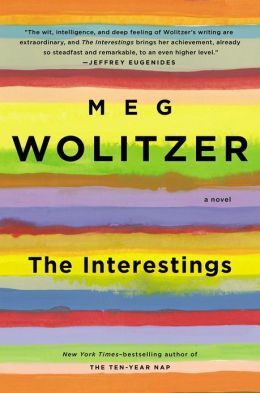
The Interestings by Meg Wolitzer (Books & Banter book club)
The Interestings follow six kids who meet at a summer camp for artistic/gifted kids. Jules feels like the outsider because she's on scholarship to the camp, but somehow she is brought into the inner circle who call themselves The Interestings. The book basically follows them from high school through adulthood. It's not in strict chronological order, which actually works, but you get the highlights from each stage of life and from each of the main characters. You see how each of them struggle with whether to pursue their "creative" pursuits or find something that pays the bills. Only one of them really succeeds at being creative for tons of money. Jules is the main character even though parts of chapters are from other character's viewpoints, and from the very beginning she seems unhappy with who she is, where she is from, and constantly wanting to be "more" that she is. A lot of the book is her struggling with envying her more successful friends while still genuinely loving them as friends.
This is one of those books that I wouldn't have read if not for book club and I can't say I'm happy that I did read it. Despite the title, it's not that interesting, but once I started reading I did want to find out what happened to the main characters. It just wasn't a book that you fly through because it's so good you can't put it down. There was also a LOT of weird/uncomfortable/vulgar sexual scenes thrown in that really didn't work in the book - it was like someone just put them in there at random. It was also REALLY, overly long at 468 pages. Overall, not great, but it will probably make for a decent book club discussion since often the books no one liked inspire a lot of discussion.
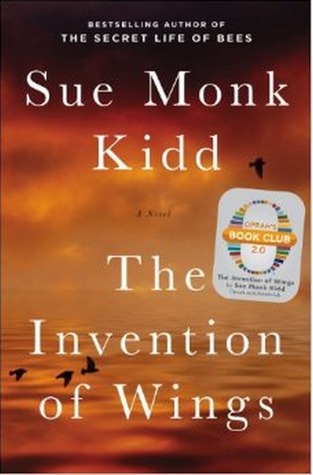
The Invention of Wings by Sue Monk Kidd (Evening Edition book club)
When Sarah Grimke turned 11 her parents gave her ownership of 10-year-old Hetty "Handful" Grimke, the daughter of one of their slaves. Sarah is incredibly intelligent and even at 11 understands the evils of slavery, but she is powerless to free Hetty or give her back to her parents. She embarks on a unique relationship with Hetty that leads them both into trouble more often than not. The Invention of Wings follows both Sarah and Hetty as they try to create a life for themselves within the confining prescribed roles that exist for women and slaves during the early 19th century in the South. Spanning the next 35 years, both Sarah and Hetty are able to do things they would have never dreamed possible - but their dreams come with a steep price.
While fiction, this novel is based on the real life Grimke sisters, Sarah and Angelina, who were pioneers in the abolitionist and feminist movements. Almost everything in the novel is based on real events in their lives, but the life of Hetty was made up to parallel Sarah's life (the real Sarah was given a slave named Hetty for her 11th birthday, but that is the only truth to that part of the story) and round out the novel. This was an incredible and fascinating read that shows no matter what life's circumstances women have always dreamed and sometimes with hard work, sacrifice, and determination some of those dreams can come true.

In Cheap We Trust: the Story of a Misunderstood American Virtue by Lauren Weber
This was a really interesting book talking about the concept of being "cheap." Apparently the word cheap originally meant a quality product for a good price, but now has devolved into an insult. The author goes through America's history of thrift and how that concept has gone up and down in our society's view. The scariest parts are when she describes the shift in economic theory/practice with John Maynard Keynes and how he turned our country's economic policy on it's head - and how that has continued to today. It was also REALLY interesting to read about the propaganda about spending money that happened after the Keynes economic shift took over - I mean there is no other word to use for it than propaganda! She also talks about how little American's save and how that will REALLY hurt us in our retirement years. The last few chapters were about newer pockets of thrift like freegans - who dumpster dive for almost everything they use. It was a really unique and interesting book and definitely makes you think twice about how you spend your money and America's economic policy. Definitely worth reading!
Some quotes I really liked:
"This [war-time] productivity was terrific for economic growth; gross domestic product rose 20 percent in 1917 and 27 percent in 1918. But it also raised the specter of a severe recession once the guns fell silent...In this light, the old virtue of thrift began to look more and more suspicious...the war had so inflated America's manufacturing capacity that business interests began to see consumption, not savings, as the key to maintaining stability and growth. Corporations feared that if consumers internalized the war's scarcity message and withheld their cash even after the battles ended, corporate profits would suffer permanently." (p. 142)
"This was a shocking reversal of traditional theory, which held that savings created the pool of funds that made business investment possible. Keynes argued the opposite: in a sophisticated financial system, where money moves quickly between players and banks can even borrow from other banks to finance their loans, companies have ready access to funds. Thus, Keynes said, it is investment that leads to savings, since only investment (and the prospect of higher profit) creates jobs, which increases incomes, which leads to higher savings. This idea - that higher savings lowers the economy's total output (and thus, that thrift is a private virtue but a public vice) - became known as the 'paradox of thrift'." (p. 154)
"The marketing analyst Victor Lebow summed up the official ethos of the era when he wrote, in 1955, 'Our enormously productive economy...demands that we make consumption our way of life, that we convert the buying and use of goods into rituals, that we seek our spiritual satisfaction, our ego satisfaction, in consumption. We need things consumed, burned up, worn out, replaced, and discarded at an ever-increasing rate'." (p. 177)
"In 1975, almost 40 percent of American workers could count on a steady income from their employers from the day they retired until they dropped dead. These 'defined-benefit' (DB) plans, as they're called, were the traditional pensions many of our grandparents received. Today's employee-retirement plans look very different. Approximately 63 percent of workers who participate in corporate-sponsored retirement programs are now enrolled in 'defined-contribution' (DC) plans - generally 401K accounts that allow participants to invest a portion of their pretax income in a limited number of assets, such as stock or bond mutual funds or company stock...The main result of the switch to 401Ks is that they shift risk away from corporations and onto workers' shoulders...Classical economics tells us that Americans should save more money outside their pension plans to compensate for greater uncertainty in the plans. Instead, as we've seen, the opposite has happened...Social security was never meant to be a retiree's only source of income (though it is, for 21 percent of Americans over age sixty-five); it was designed to supplement personal savings and employer-provided pension plans." (p. 191-3)
"Until 1985, the United States was the world's creditor, lending money to other nations. Now, with obligations of over $10 trillion, we are the world's largest debtor nation." (p. 201)
"In 2007, the U.S. government paid $430 billion per year in interest payments alone - that's apart from principal - on the loans it's taken out. That's $430 billion in taxpayer money that went largely to overseas governments rather than to schools, transportation networks, research programs, and other investments here at home." (p. 203)
"The story that's told about the United States, both at home and abroad, is that we're a nation of spendthrifts, a debtor nation, a credit card nation. In the aggregate, that's absolutely true, and the statistics bear it out. But look a little closer and you find a different story. On the margins, often quiet and invisible, are pockets of Americans who are questioning and, to varying and sometimes astonishing degrees, opting out of consumer culture." (p. 223-4)

Delicious! by Ruth Reichl
Billie Breslin moves from California to New York for an opportunity to work at the famous Delicious! magazine. Billie always lived in her big sister Genie's shadow, so at first she struggles to find her place in New York City. But quickly she connects with some of the other magazine staff and she also begins to explore the vibrant NYC food scene - especially Fontanari's where she starts working on the weekends. Then without warning Delicious! is shut down, but they keep Billie on to answer the phones. While working in the empty building Billie uncovers a hidden room full of letters to the magazine. One of the letter writers is 11-year-old Lulu who develops a correspondence with James Beard during WWII. Billie instantly feels a connection to Lulu and through her Billie starts to come to terms with her own fears and issues. This is a quick and fun read full of secrets and food that any foodie will love.
